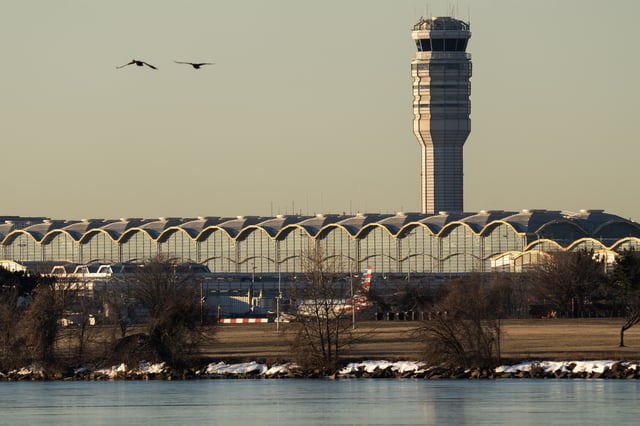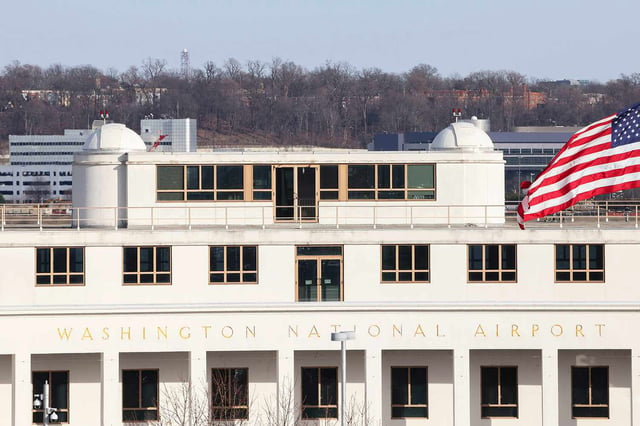Overview
- The Federal Aviation Administration (FAA) is investigating false collision alerts received by at least 12 flights landing at Reagan National Airport on Saturday, March 1.
- Pilots reported Traffic Collision Avoidance System (TCAS) warnings of nearby aircraft, though no other planes were present in the area, according to FAA statements and air traffic control audio.
- Three flights aborted landings and performed go-arounds due to the alerts, with pilots describing phantom objects as close as 600 feet.
- The incidents occurred near the site of a January 29 collision between a U.S. Army Black Hawk helicopter and an American Airlines jet, which killed 67 people.
- Experts noted the unusual frequency and concentration of false TCAS alerts, with the FAA working to determine the cause of the malfunction.



